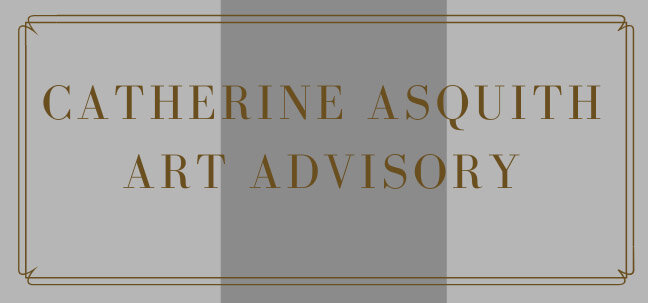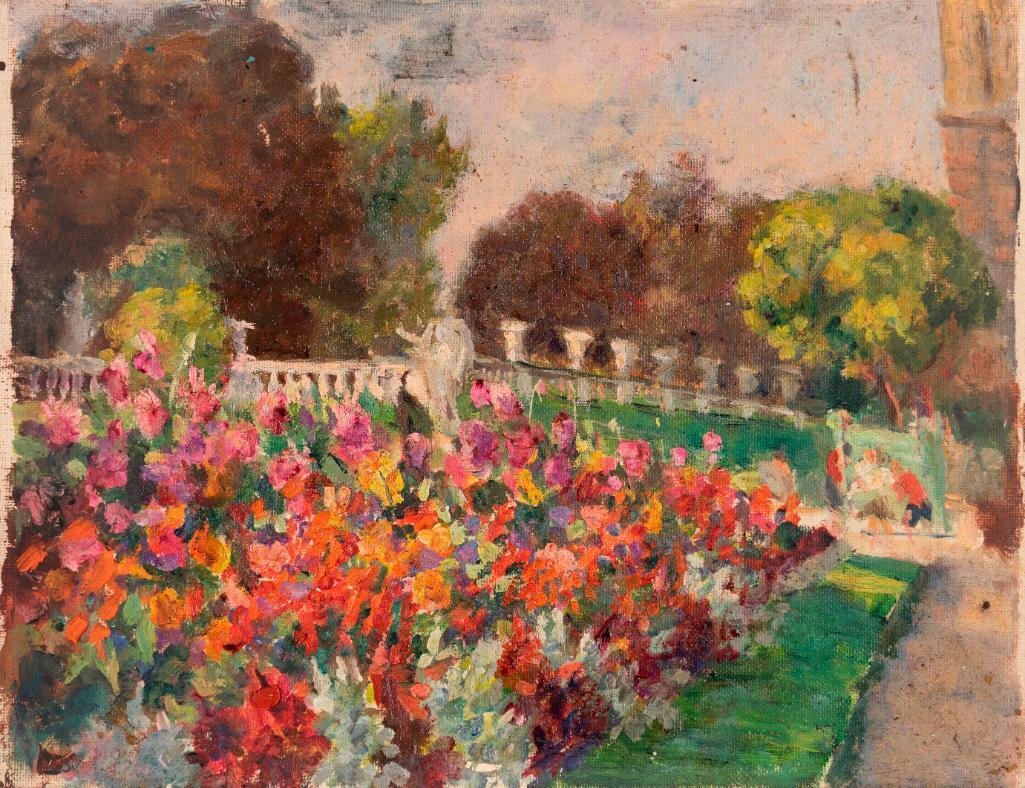Corporate Collection 101: Start with A Collection Strategy
Part 1
Deutsche Bank London’s reception features art by Anish Kapoor and Damien Hirst. Photograph: Deutsche Bank
In 1959, the youngest child of John D Rockefeller Jnr, David Rockefeller, then president of the Chase Manhattan Bank, established what was ostensibly the first corporate art collection. Known at the time as the “Art at Work” program, David Rockefeller believed that art elevated the experience of working at and doing business with the Bank; his plan was to embrace contemporary art which aligned with the firm’s business principles and priorities: diversity, innovation, technology, sustainability, creativity, and excellence. These collection parameters remain in place to this day.
Rockefeller’s vision has paved the way for the incarnation of corporate collections across the globe, with many utilising the fundamentals as a starting point. In seeking to define a collection strategy for a new collection, reference can be made to several established corporate art collections and the business models which have been utilised in maintaining and developing these same collections. The following brief overview illustrates how a collection can be used as a means of branding ; how incorporating thematic parameters can be used to guide the acquisitions, and how a collection’s infrastructure informs the promotion of that collection.
The accounting firm Deloitte is a high-profile presence in the Australian corporate sector. Its collection has risen to prominence as a result of a craftily devised activation within its Sydney headquarters in 2004: in lieu of simply acquiring works for its boardrooms and offices, it was decided to implement a rotating exhibition program which is installed throughout the main public floors of its offices (which welcomes on average 6000 visitors per week). This type of strategy has allowed for considerable public engagement and sets the tone for a dynamic and active corporate art collection.
The Deutsche Bank Collection, formally known as the “Deutsche Bank Global Art Program”, has been described as the largest corporate art holding in the world. It not only collects artworks on a regular basis, it also has an online magazine, and frequently engages in dialogue with a vast and extensive global audience on contemporary art. Such engagement clearly enhances the Bank’s global brand. Considering its Sydney headquarters (a Norman Foster designed glass and aluminium office tower), a move towards more installation-based artwork was conceived, given the lack of wall space. Notably 95% of the Bank’s collection (worldwide) is accessible to the public.
Corporate collections often commence with the notion of aligning its brand with art. Macquarie Group started its collection in 1986, with this premise as its focus. One of the most respected corporate art collections, having earned a reputation as one of Australia’s most cohesive, considered and exciting compilations of contemporary Australian talent, the bank’s sustained curatorial thematic parameters of “emerging Australian artists influenced by the Australian landscape” have clearly helped to maintain its status and prestige. The Bank has a selection committee comprising Macquarie employees together with an external advisor, and along with regular acquisitions from artists and galleries, the Bank also embraces commissioning site-specific artworks for their headquarters in Sydney. To maintain interest in the collection as much as to appease their shareholders, art tours are included in staff and client functions.
The corporate art collection business model adopted by Perth-based company Wesfarmers is perhaps the more traditional in its activities. The collection, which started in 1977, has been focused on demonstrating the value of art in the workplace to its staff (and shareholders) as well as encouraging “an understanding of the importance to society of supporting creative thinking and artistic vision”. The extensive collection of 900 artworks and objects engages in an active loan program and regularly commissions site specific temporary works for its window foyer at Wesfarmers House. Several exhibitions curated from the collection have gone on tours, with the most recent exhibition showing at the National Art School in Sydney in February 2016.
In a similar manner to Wesfarmers, the art collection of blue-chip law firm Allens commenced acquiring artworks in the mid-1970s. The collection’s raison d’etre was to support artists by way of purchasing works and commission site-specific temporary projects for their offices. Interestingly, the firm’s preference has been to buy young and follow the career of their collection artists, which in art parlance is known as ‘collecting in-depth’. Moving beyond the traditional parameters of a corporate art collection, Allens also offers a month-long internship program with Sydney University post-graduate arts students, to work alongside the collection’s curators.
BHP Billiton’s art collection is one of the few corporate art collections within Australia which includes an international component. Its primary curatorial premise has been to focus on “the issue of identity”, however, with changes in societal discourse and the political socio-economic changes on the social landscape, the collection has sought to redefine its collecting parameters, to now include a multi-cultural focus. This diversity of artist and therefore artwork has boded well for the company’s global expansion over the years.
Deutsche Bank
The salient points highlighted in the above collections are the variations amongst the collections, which of course, marks their point of difference:
the rotating exhibitions program implemented by Deloitte
the on-line magazine of Deutsche Bank
the vigilant maintenance of Macquarie Group’s curatorial parameters, i.e. the landscape
the inclusion of touring exhibitions of works from the collection of Wesfarmers, which are likely the result of an active loans strategy;
the arts internship and alignment with Sydney University inherent to the collection of Allens; and
the intentional diversity of artists and artworks of BHP Billiton’s collection.
These aspects all have merit and can be considered as part of devising a collection’s strategy.
In our next journal post we will discuss ‘setting the parameters’ for a collection.
















